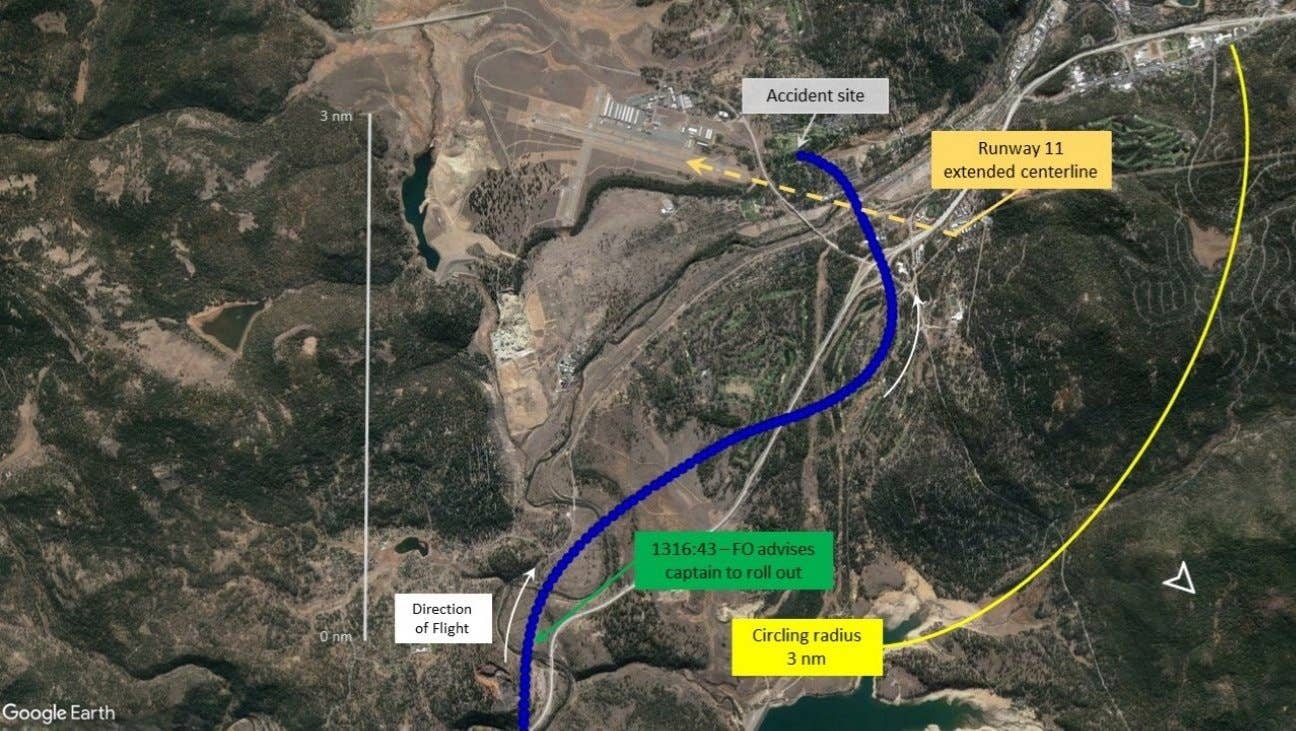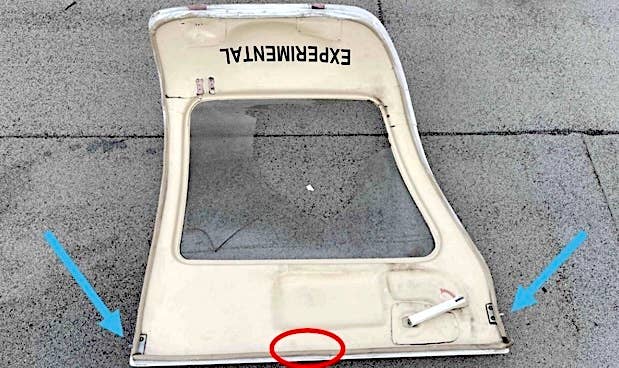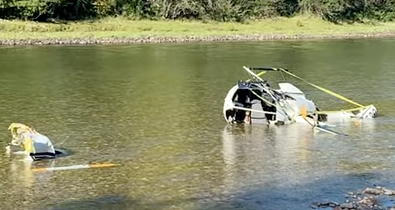NTSB Cites Poor Decision-Making In Challenger Accident
The National Transportation Safety Board (NTSB) is citing a series of poor decisions in the cockpit as the probable cause of the fatal crash of a Bombardier Challenger 605 business…

Image: NTSB
The National Transportation Safety Board (NTSB) is citing a series of poor decisions in the cockpit as the probable cause of the fatal crash of a Bombardier Challenger 605 business jet in 2021. According to the Board’s final report (below), the crew lost control of the aircraft while conducting a circling approach at California’s Truckee-Tahoe Airport (KTRK). All six people on board were killed and the aircraft was destroyed.
“On July 26, 2021, the Bombardier Challenger 605 business jet was flying from Coeur d’Alene, Idaho, to the Truckee-Tahoe airport in California when it crashed during a circling approach to land,” the NTSB said. “In the course of these maneuvers, the airplane exceeded the critical angle of attack and entered an asymmetric aerodynamic stall, resulting in a rapid left roll and impact with the ground.”
Among the issues identified by the NTSB were “[t]he first officer’s (FO’s) improper decision to attempt to salvage an unstabilized approach by executing a steep left turn to realign the airplane with the runway centerline, and the captain’s failure to intervene after recognizing the FO’s erroneous action, while both ignored stall protection system warnings, which resulted in a left-wing stall and an impact with terrain.” Contributing factors identified included improper deployment of the flight spoilers, improper setup of the circling approach, the flight crew’s self-induced pressure to perform and poor crew resource management. In addition, AWOS information from the time of the accident included an advisory for reduced visibility due to heavy smoke in the area.
The NTSB cautioned that “circling approaches can be riskier than other types of approaches,” noting that they “often require maneuvering at low altitude and low airspeed during the final segment of the approach, increasing the opportunity for loss of control or collision with terrain.” It further stated that the risks are “heightened when conducting circling approaches in marginal or reduced visibility conditions.” The NTSB noted that there have been 10 accidents involving circling approaches between 2008 and 2023, resulting in the publication of a Safety Alert last March titled “Circling Approaches: Know the Risks” (PDF).






